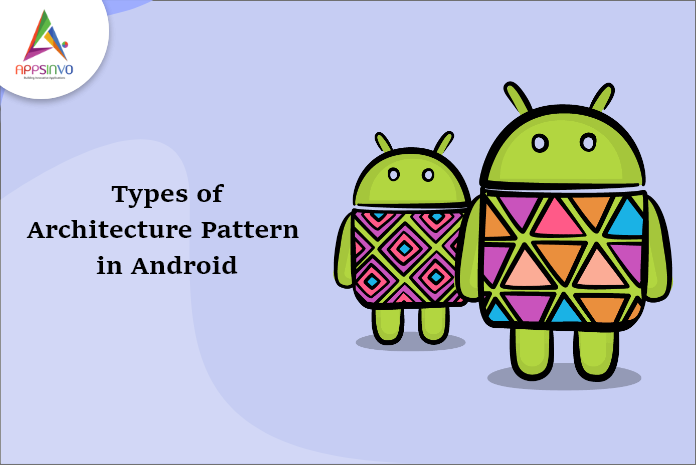Every car needs a sturdy engine and every house needs a stable base in a related way, every software development procedure wants its design model. Appsinvo is being surrounded by clients around the world to create software solutions to discuss the specific requirements of clients and present viable answers to users as well as businesses.
To make it occur, we make usage of various technologies and architecture models. There are three types of most generally used architecture UI design models such as MVC, MVP, and MVVM. Let’s read a comparison between MVVM Vs MVC vs MVP. MVP is an acronym for Model-View-Presenter. MVC is an acronym for Model-View-Controller, whereas MVVM stands for Model-View-ViewModel.
All of these design models perform an important role in developing an application as best practices formalize them that are loosely combined, more apparent to experiment & support and promote reusable object-oriented evolution. These architecture models are intended to manage the complicated codes and make the UI code cleaner and manageable. Let me get you through these.
What is Architecture
If you are constructing an application in an ordered manner with some set of rules, explain proper functionalities, and execute it with usual protocols, then it is called an Architecture.
Role of Architecture
Let us say if we are not using any architecture and we are writing our code in a class/activity/ fragment in an unorganized manner then the problems we will face are
- The number of lines of code will grow that it will become complicated to comprehend.
- It reduces readability and raises the number of bugs. Thus, it is hard to test and decreases the quality of the product.
So, to render clear data flow which will enhance robustness, scalability, bug resistance, improve readability, ease to modify and boost productivity and give a quality app
Types of Architecture Pattern
MVC Pattern
MVC is the first and leading architectural model specifically created for web applications. MVC allows you to create an application with SoC – separation of concern that, in turn, reduces the efforts to test, sustain and prolong the application.
In a conventional software development system, we address a relevant code or use the user handle to make the view part of a prescribed class. This system enhances the size of view class among business processes, data binding logic, and UI. Thus, the MVC architecture model is designed to decrease the code size and make a good code. Cleaner and easily adaptable.
Advantages of MVC Pattern
- It reserves async methods.
- Changes done don’t affect the model.
- Growth is quicker as compared to other architectures.
Disadvantages of MVC Pattern
- Not cooperative with TDD.
- It is exciting to operate controllers for more widespread code.
MVP Pattern
The MVP pattern has so much resemblance to the MVC model. In this architecture model, “p” stands for the presenter. The view maintains and presents the page controls. The Presenter is responsible for writing all the UI functions on account of the view. It accepts input from the users then progresses the data from side to side the Pattern that converts the results back to the View.
The Presenter essentially functions from the logic end for indications such as push a button or inscribes roads through travel. MVP is a compound design to complete, but it is advantageous if utilized as a well-designed solution. MVP model is normally operated with windows forms applications and ASP.NET.
Advantages of MVP Patterns
- This view is made inactive so that you can quickly exchange.
- Code is simpler to handle.
- Harmonious with TDD when confronted by MVC.
Disadvantages of MVP Patterns
- It doesn’t help loose coupling between view and presenter
- It has a large code dimension.
MVVM Pattern
MVVM is described from MVC. This model assists the two-way data coupling between the view and view model. It permits the automatic generation of modification inside the view model to the view. Usually, the view model makes the worth of witness models to make modifications in the view model to the mode.
Advantages of the MVVM pattern
- It loses the coupling between the view and view model.
- Render has the best compatibility with TDD.
Disadvantages of the MVVM pattern
- Each UI component requires observables
- It has a vast code size.
Comparison Table between MVC, MVP, and MVVM Pattern
| Pattern | MVC | MVP | MVVM |
| Dependency on Android API | High | Low | Low |
| XML complexity | Low | Low | Medium to high |
| Unit Testability | Difficult | Good | Best |
| Modular and Single Responsibility Principle | NO | Yes | Yes |
Conclusion
We hope you find this article fruitful and informative for you as we have covered significant insights about types of architecture in android. Every pattern has its own pros and cons, so whatever pattern you are going to use in your project, tell us in the comment section.
Till then, stay safe, stay at home, wash your hands, and be happy
For more updates, stay connected and keep reading
Toddles!!














